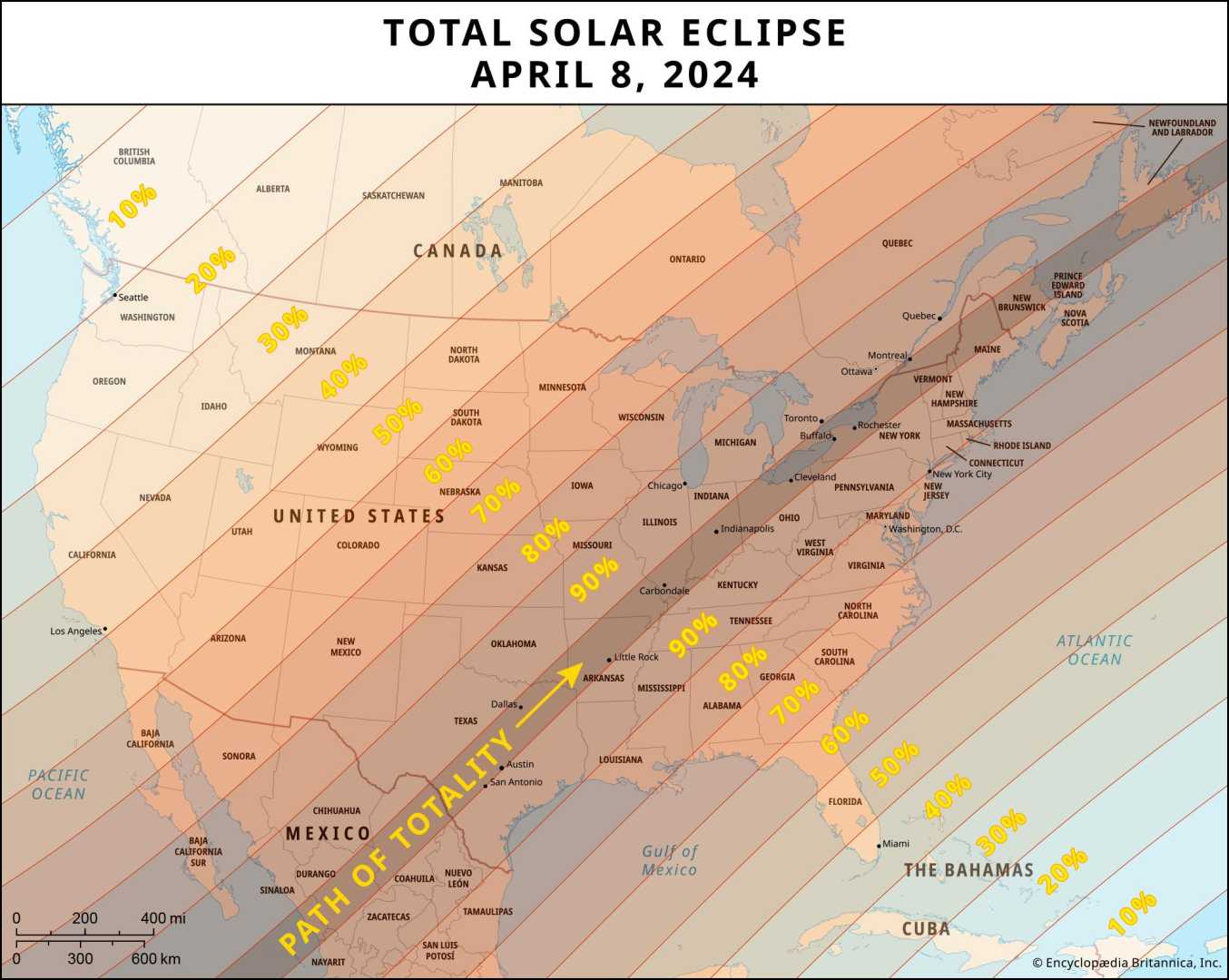News
Upcoming Lunar Eclipses: What You Need to Know for 2024 and 2025

A lunar eclipse is an astronomical event that occurs when the Moon moves into the Earth‘s shadow, causing the Moon to be darkened. This alignment happens during a full moon, when the Sun, Earth, and Moon form a straight line.
In 2024, there have been two notable lunar eclipses. The first was a penumbral lunar eclipse that occurred on March 25. This was a very slight eclipse where the Moon passed through the outermost edge of the Earth’s shadow. It was visible from much of Europe, North and East Asia, North America, South America, the Arctic, and Antarctica. The eclipse began at 12:53 a.m. EDT, reached its maximum at 3:12 a.m. EDT, and ended at 5:32 a.m. EDT, lasting a total of 4 hours and 39 minutes.
The second lunar eclipse of 2024 is a partial lunar eclipse scheduled to occur on September 17-18. This event will be visible over Europe, much of Asia, Africa, North America, South America, the Pacific, the Atlantic, the Indian Ocean, the Arctic, and Antarctica. The partial eclipse will begin at 8:41 p.m. EDT on September 17, reach its maximum at 10:44 p.m. EDT, and end at 12:47 a.m. EDT on September 18, with a total duration of 4 hours and 6 minutes.
Looking ahead to 2025, a significant total lunar eclipse, often referred to as a ‘Blood Moon,’ is set to occur on March 13-14. This eclipse will be visible from various regions including Europe, much of Asia, Australia, Africa, North America, South America, the Pacific, Atlantic, Arctic, and Antarctica. The eclipse will begin with the penumbral phase at 8:57:28 p.m. local time in Los Angeles on March 13, followed by the partial phase at 10:09:40 p.m., and the total phase starting at 11:26:06 p.m. The maximum eclipse will occur at 11:58:43 p.m., and the total phase will end at 12:31:26 a.m. on March 14. The entire eclipse will last approximately 6 hours and 3 minutes.
This upcoming total lunar eclipse in 2025 is notable for its global visibility and the significant portion of the Earth’s population that will be able to observe it. Approximately 3.2 billion people will see at least some part of the penumbral phase, with about 1.3 billion people able to witness the total phase.












